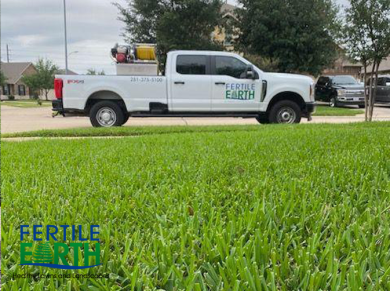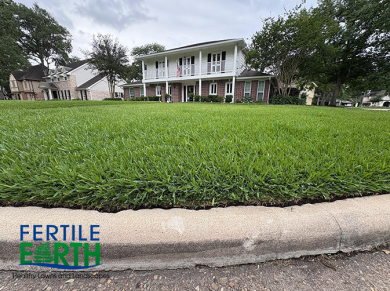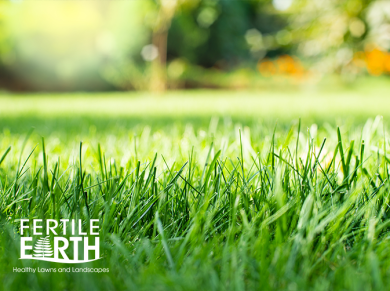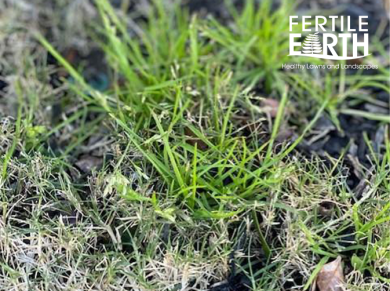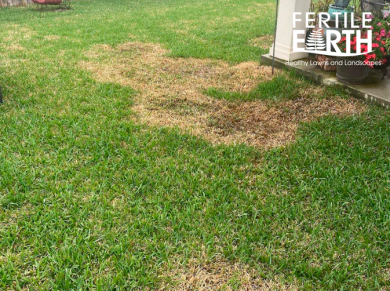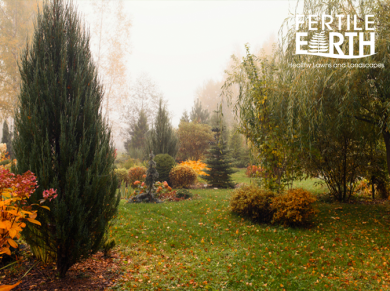Newsletter
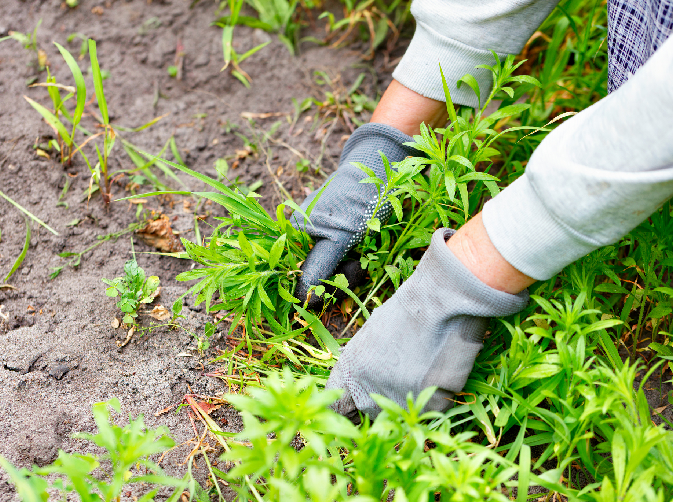
Summer has arrived!
June marks the transition from Spring to Summer.
The wet weather from May and the summer heat have created a suitable environment for a new crop of weeds. So what are these new weeds popping up in your yard? Here's a guide to help you identify a few of those pesky lawn mates.
Nutsedge
Nutsedge is a common issue in Southeast Texas lawns and much of the world. It is known as one of the most common weeds internationally. Leaves are flat or slightly V shaped. Sedge grows from a bulbous seed which is easy to spot when pulled. Nutsedge prefers low areas that stay damp.
Doveweed
Doveweed is another invasive weed that thrives and matures during the summer months. Oftentimes, it can be found along the fence, around landscape beds or any low lying, thin area. Doveweed grows in a “mat-like” fashion which can outcompete and damage lawns if not cared for. This weed is particularly tough to control due to its waxy outer layer.
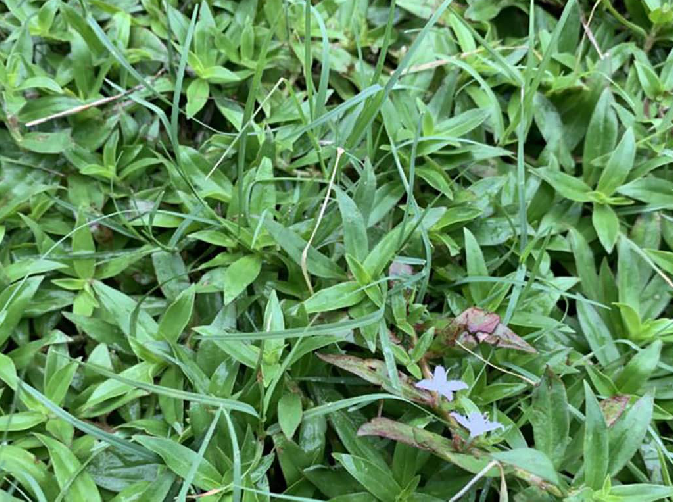
Virginia Buttonweed
Virginia buttonweed is a broadleaf weed often found in areas of the lawn that stay damp. Its vine body allows for extensive movement in lawns with the right environment. Staying aware of your watering schedule, rain, and low lying areas will reduce the sighting of virginia buttonweed. Regular treatments will also work to keep buttonweed at bay.
Spurge
Spurge is a broadleaf weed that contains a milky sap when broken in half. You will see spurge intertwined in your yard, in areas with thin grass, and especially in gravel and concrete spraces.
Spurge will grow quickly and should be sprayed to control the population.
Brandon Spiteri
O: 281-375-5100
Fertileearthtexas.com
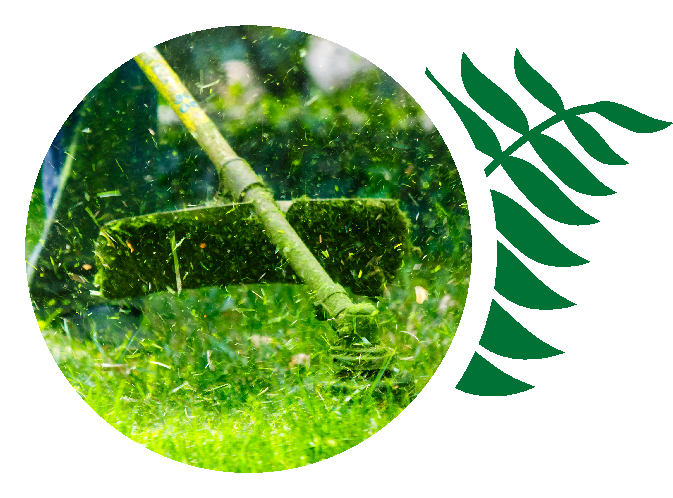
Take Action!
Weeds of all types can best be minimized with proper lawn maintenance and fertility.
Watering the yard too much is the single largest cause of a weed problem in your yard. Weeds, especially the ones mentioned beforehand, prefer locations with ample water. This is why you may notice congregations of weeds in certain areas. Chances are, these areas stay damp longer, leading to increased weed germination. To combat this issue, simply cut back on the duration of the water. We recommend watering deeply and infrequently. This varies between yards and even locations. For example, an area that gets full sun requires more water than the shady portion along the side of the house. To keep it simple, start watering your yard 2-3 times per week. Rotor Zones: 24 minutes. Spray Zones: 12 minutes. These are recommendations for areas that receive full to mostly full sun. Adjust accordingly. Shady, low lying areas should have the duration cut back.
Mowing is also very important for limiting the germination of excess weeds. When many weeds are present in the lawn, it is best to bag the clippings and dispose of them off sight. This should limit the spread of weed seeds. By mowing weekly, you will encourage your lawn to thicken, which will limit the ability for weeds to germinate or outcompete your grass. A healthy, thick lawn tends to manage weeds very well on its own. St.Augustine should be mowed between 3-4 inches and bermuda/zoysia should be mowed between 2-3 inches.
Fertile Earth’s lawn care programs also aid greatly in limiting the weed population. We utilize pre-emergents to prevent weeds, post-emergents to control weeds already in the lawn, and fertilizer regularly to ensure your lawn’s nutrient needs are met.




